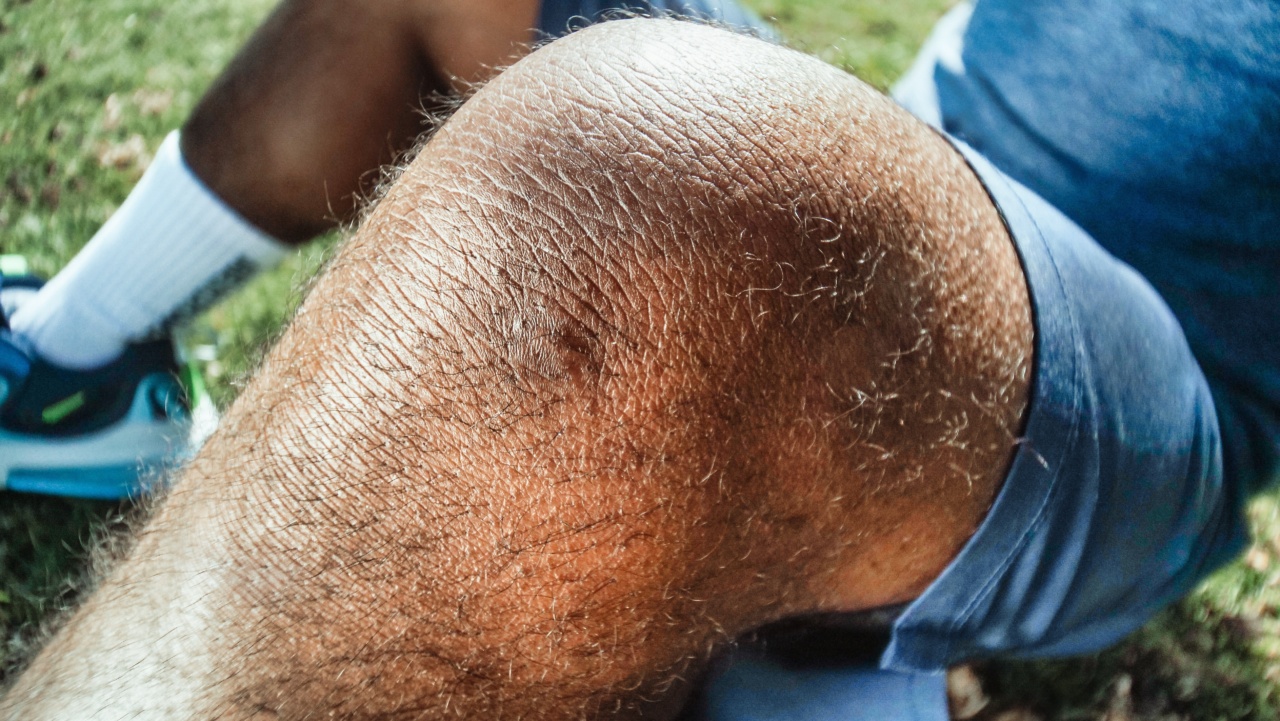Running is a popular form of exercise that comes with numerous health benefits. However, there has been a long-standing belief that running is detrimental to the knees and can lead to chronic injuries.
In this article, we aim to debunk this myth by examining the scientific evidence and providing insights into how running can actually benefit your knees.
Understanding the anatomy of the knee
To begin with, it is essential to understand the complex structure of the knee. The knee joint consists of bones, ligaments, tendons, and cartilage, all working together to provide stability and mobility.
The knee is designed to handle the forces of walking, running, and various other physical activities.
The impact of running on knees
Contrary to popular belief, several studies have shown that running does not inherently increase the risk of knee injuries. In fact, some research suggests that regular running may even have a protective effect on knee health.
Study 1: Running reduces the risk of osteoarthritis
A long-term study conducted by scientists at a renowned university followed a group of runners and non-runners for over 20 years.
The results revealed that the runners had a lower risk of developing osteoarthritis in the knee compared to the non-runners. Running stimulates the production of synovial fluid, a natural lubricant that protects the knee joint from wear and tear.
Study 2: Running strengthens knee muscles
Another study published in a leading sports medicine journal examined the effects of running on knee muscle strength.
The researchers found that distance runners had significantly stronger quadriceps and hamstring muscles compared to sedentary individuals. Stronger muscles help stabilize the knee joint, reducing the risk of injury.
Proper running technique
While running itself does not pose a significant threat to knee health, it is crucial to practice proper running technique to minimize the risk of injuries. Here are some tips:.
1. Warm-up and cool-down
Start each running session with a dynamic warm-up routine to prepare your muscles and joints for the activity. Cooling down afterward with static stretches can help prevent muscle tightness and maintain flexibility.
2. Gradual progression
Avoid increasing your running distance or intensity too rapidly. Gradually build up your mileage and allow your body to adapt. Sudden spikes in training load can overload the knees and lead to injuries.
3. Invest in proper footwear
Choose running shoes that provide adequate cushioning and support for your feet. Ill-fitting or worn-out shoes can alter your gait and place unnecessary stress on your knees.
4. Strengthen supportive muscles
Include specific exercises in your training routine to strengthen the muscles around your knees. Focus on exercises that target the quadriceps, hamstrings, and glutes, as they play a crucial role in knee stability.
5. Listen to your body
Pay attention to any signs of pain or discomfort during or after running. If you experience persistent knee pain, it is essential to consult a healthcare professional for proper diagnosis and treatment.
Conclusion
Running does not deserve the reputation it has garnered regarding knee injuries. In fact, it is a fantastic way to improve cardiovascular fitness, strengthen muscles, and maintain joint health.
By following proper technique, gradually increasing mileage, and taking necessary precautions, running can be a safe and enjoyable activity for people of all ages. So, lace up your running shoes, hit the trails, and debunk the myth that running leads to knee injuries!.



























